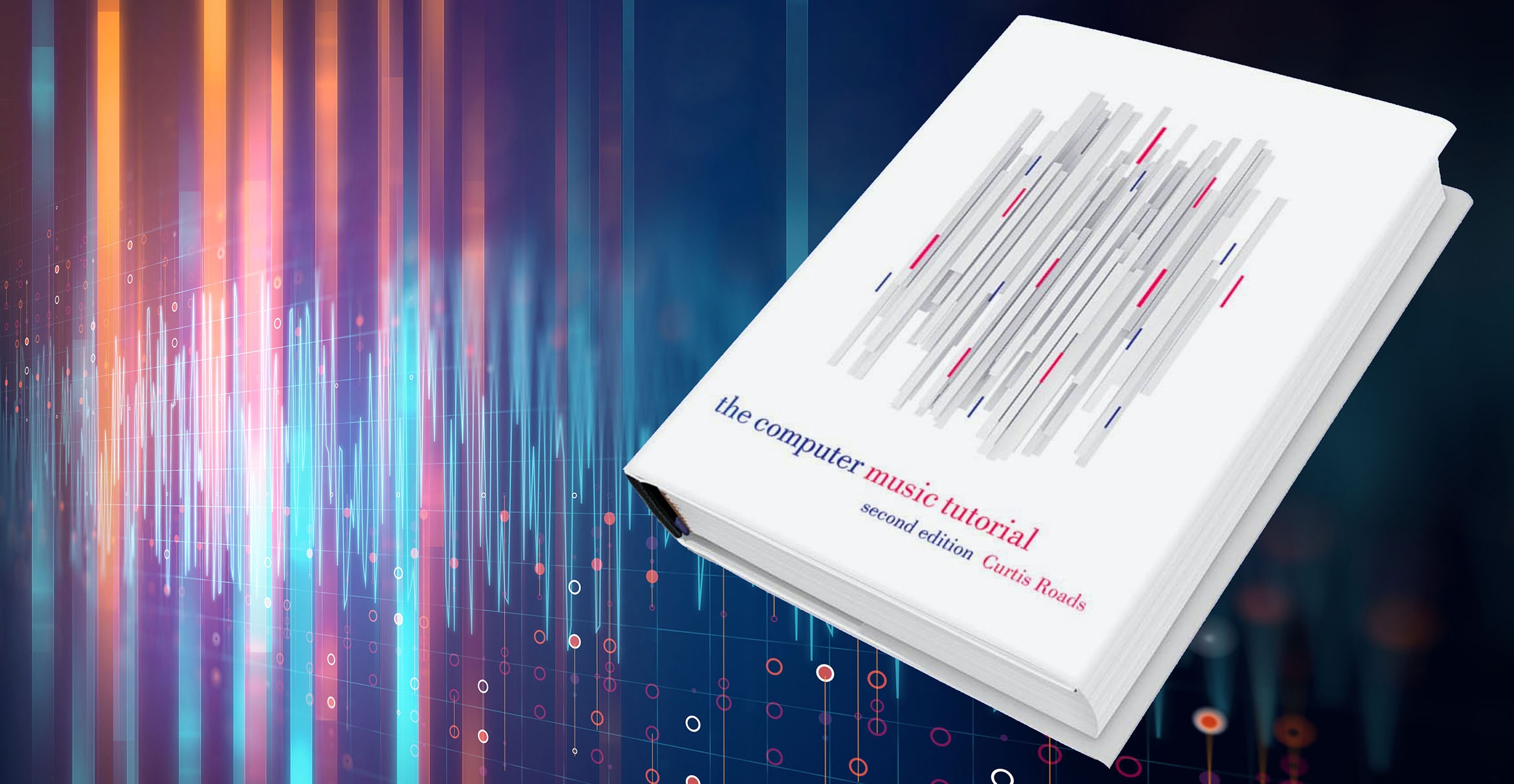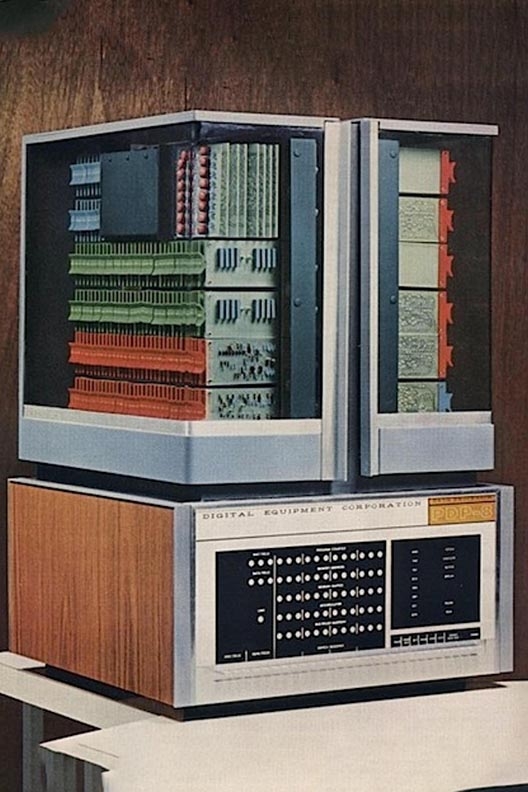
Core textbook on computer music distills ‘vast information space’ in a definitive tutorial
Curtis Roads was barely out of high school in 1970, playing music in the metro area surrounding the University of Illinois, a pioneering center of computer music. He wasn’t a student, but through a friend he started composing in the university’s Experimental Music Studio, where he was introduced to one of the first 12-bit minicomputers — the Digital Equipment Corporation PDP-8 — in all its exposed circuitry and blinking-lights allure.
“At the age of 19, I first saw a computer,” Roads said. “It was love at first sight.”
Since then, Roads — a professor in the Media Arts and Technology Graduate Program at UC Santa Barbara and an affiliate in the Department of Music — has dedicated his schooling and career to the rapidly evolving creative spaces where music meets machine, and his latest contribution is an expanded second edition to the field’s seminal textbook.

Updated, fully revised and checking in at 1,257 pages, “The Computer Music Tutorial” (MIT Press, 2023) is considered a singular introduction to computer and electronic music, and features the author’s step-by-step guidance for musicians, engineers and scientists, among other aficionados and intrigued lay readers.
“When the first edition came out, the World Wide Web was new,” Roads said. “Since then, resources like Google search, Wikipedia and YouTube have changed the landscape for information about electronic and computer music.
“My book aims to distill this vast information space into a coherent narrative, illustrated by hundreds of figures and thousands of references,” Roads added.
The new edition remains the definitive tutorial on all aspects of computer music — including digital audio, signal processing, musical input devices, performance software, editing systems, algorithmic composition and psychoacoustics — while also covering the enormous growth of the field since the book's original publication in 1996.
New chapters cover virtual analog, pulsar synthesis, concatenative synthesis, spectrum analysis by atomic decomposition, Open Sound Control, spectrum editors, instrument and patch editors, with an appendix on machine learning.
“The textbook has been the core of my teaching at UCSB," he added.
"The first edition came out in 1996, the year I joined the UCSB music faculty as a visiting associate professor,” Roads said. “Writing the second edition required going through the new research literature since then. It often felt overwhelming but I just had to keep going. In 2017, I devoted all my creative time to the project and promised myself I would finish it in 2020. At 10 p.m. on December 31, 2020, I finished writing. Time for champagne!”
The book was in production for another two years, he added. “In a way it was a perfect project for the pandemic lockdown, as it gave me a daily purpose in a time of isolation.”
Roads's previous books include “Microsound” (MIT Press, 2001) and “Composing Electronic Music: A New Aesthetic” (Oxford University Press, 2015).

Curtis Roads
A professor of Media Arts and Technology and associate director of the Center for Research in Electronic Art Technology (CREATE), Curtis Roads's research is focused on microsound synthesis (granular, pulsar, and related techniques), pluriphonic spatialization, notation and visualization of sound, and the history and aesthetics of electronic music composition.
Keith Hamm
Social Sciences, Humanities & Fine Arts Writer
keithhamm@ucsb.edu



